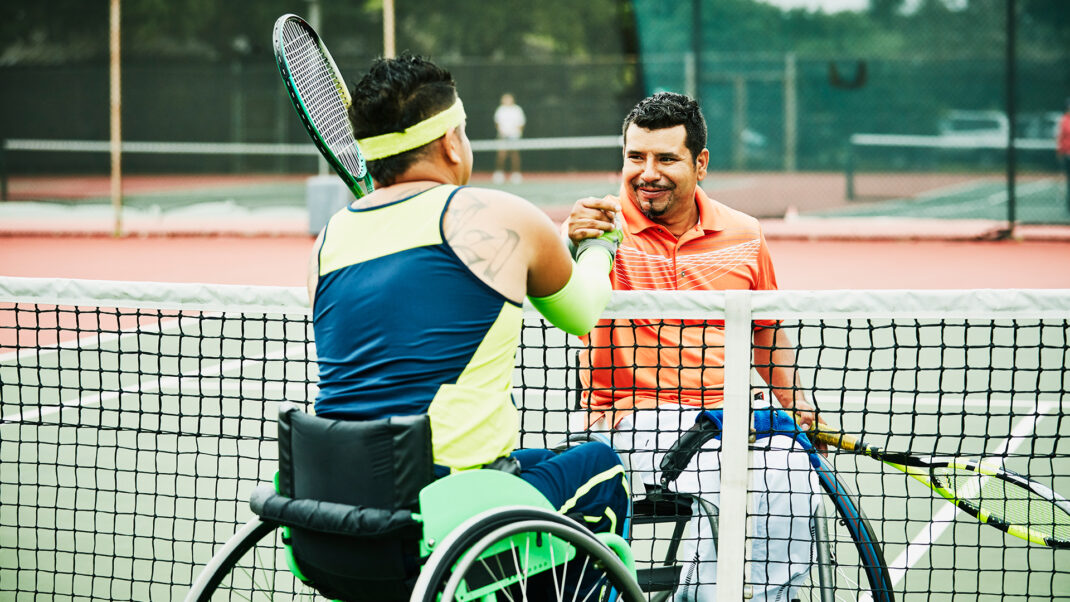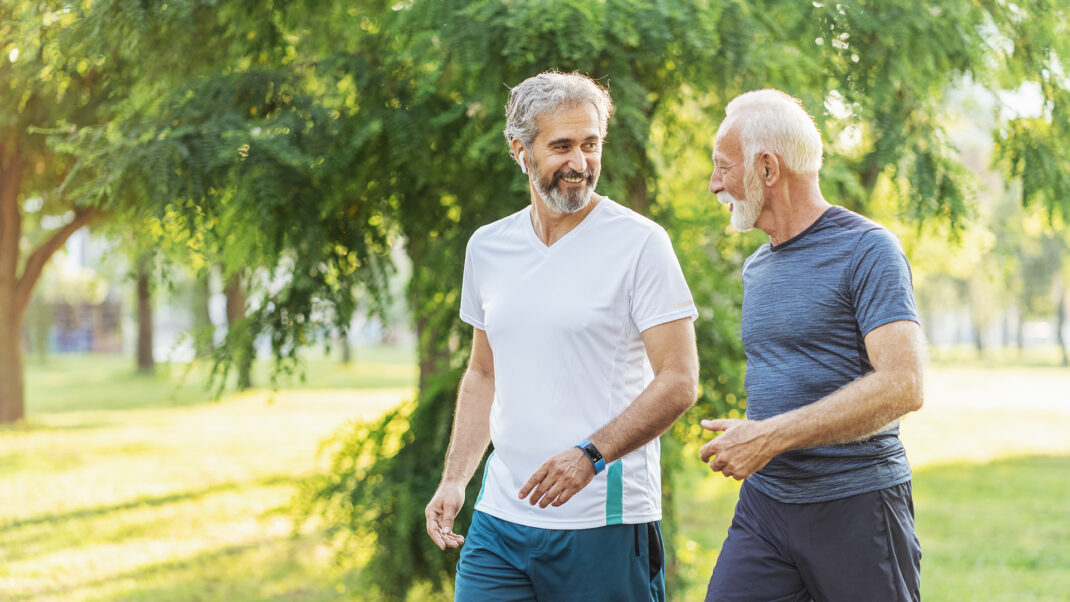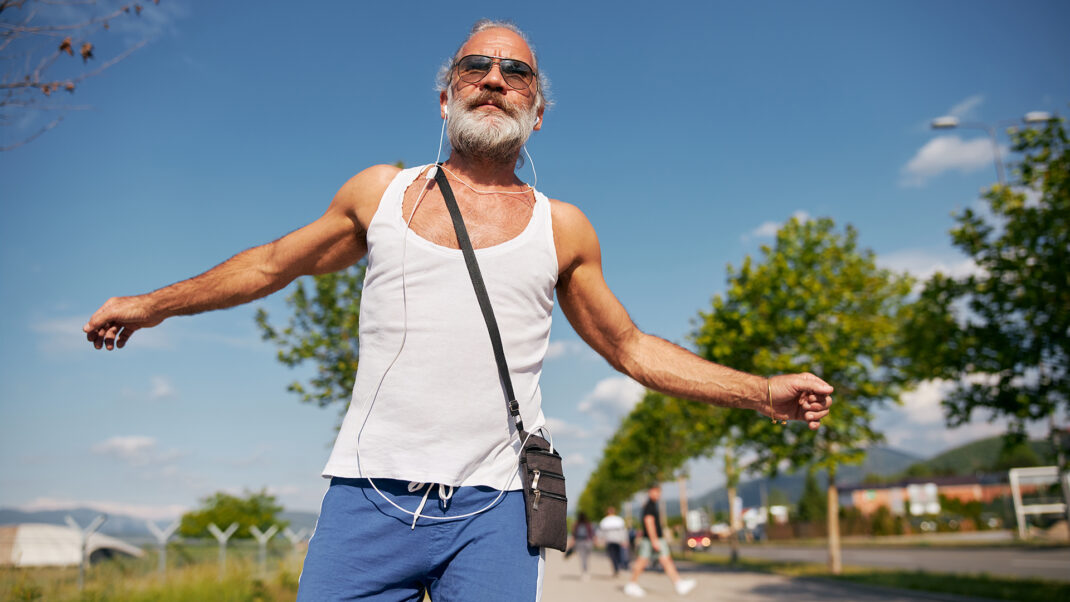Neuromuscular Control in Female Athletes May Help Prevent ACL Injuries
Valgus knee movement in women is considered a major contributor to the incidence of anterior cruciate ligament (ACL) injuries, according to an article published last fall in the Strength and Conditioning Journal (2006; 28 [5], 44–54). The article also states that women are four to six times more likely to suffer ACL injury than men and that, upon load, a 5-degree valgus angle at the knee stresses the ligament six times as much as a properly aligned knee. Such factors as ligament, quadriceps and leg dominance; joint position and range of motion; core instability; and neuromuscular fatigue are thought to affect neuromuscular control of the knee. Female athletes who commonly jump or make quick directional changes in their sport are
especially vulnerable to injury.
Author Donald V. Fischer, MSPT, suggests counteracting predisposition to injury by
using training methods that improve “conscious awareness of body position and body movement prior to the initiation of a motor command and the conscious awareness of the consequences of the motor command after it has been initiated.” Fischer also advises integrating exercises that focus on core strength, knee-flexion range of motion and decreased knee abduction in accordance with plyometric, balance and perturbation training.
—Ryan Halvorson
Joy Keller
Joy Keller is the director of marketing communications & PR at IDEA, and has also served as executive editor of IDEA Fitness Journal, IDEA Fitness Manager, IDEA Pilates Today, and IDEA Fit Business Success. She is also a certified personal trainer, indoor cycling instructor and yoga teacher (RYT 200).






